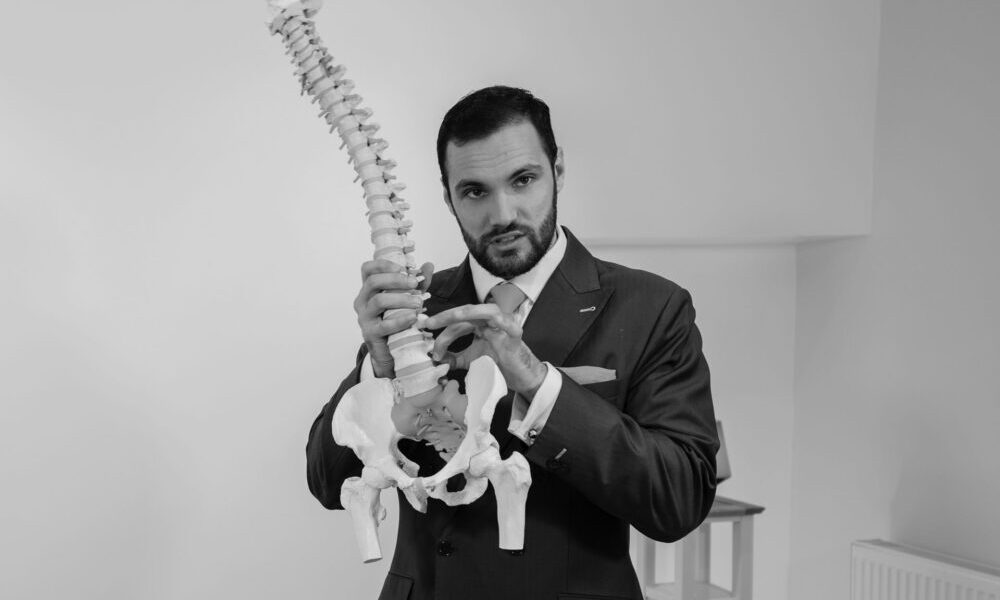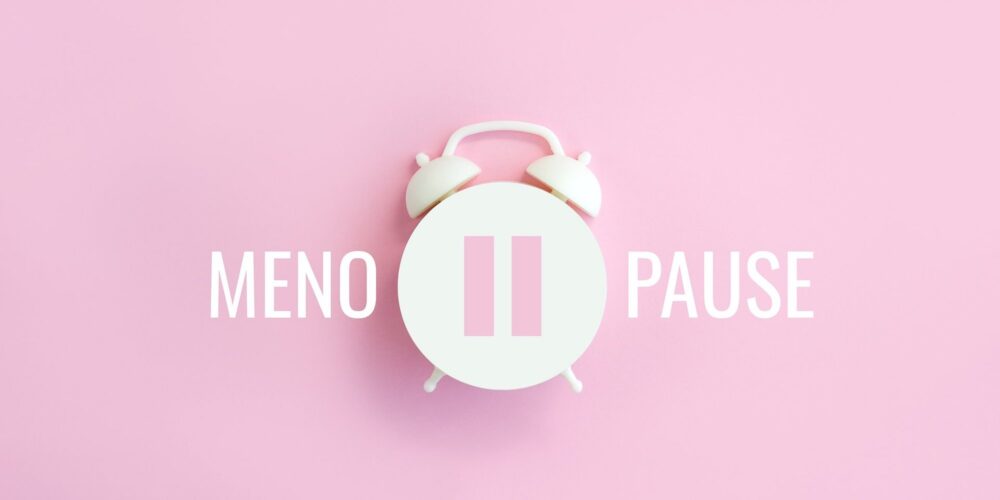Sun, sea and…back pain – leading osteopath provides advice and tips for pain-free summer travels
There are few bigger dampeners at the start off a desperately needed summer holiday than the misery of chronic back pain, but unfortunately this is a reality for many people. Carrying heavy luggage, as well as being sat for hours in cramped conditions, can inevitably take its toll, even for those who don’t normally suffer from back pain, but there are a number of surprisingly simple fixes, according to leading UK osteopath, Mr Michael Fatica.
Being a fidget, packing a small rolled-up towel, and performing the ‘bed decompression’ routine immediately upon arrival, will help ensure a summer holiday free from back pain.
“Venturing off to sunnier climes can play havoc with the back and be a major source of anxiety for back pain sufferers, and that’s often before they’ve even arrived at their destination,” says Michael from www.backinshapeprogram.com. “Any kind of travel often means long periods in one set position, with a compromised posture. Travel also goes hand-in-hand with heavy luggage that has to be manhandled across platforms and airport concourses, or lifted in and out of car boots or up and down from overhead storage compartments. In fact, most aspects of travel place immense pressure on the lower back, with the potential to cause serious strains.”
To help combat the risk of a new back injury, or of aggravating existing back issues, Mr Fatica recommends people squeeze a small rolled towel into their suitcases. “Our seating position is important, so working to make sure you’re comfortable, and that a neutral spine is supported when travelling, is vital. A small rolled towel is key for lumbar support and works far better than the cushions and back supports that many chairs offer when travelling. It might not seem like much, but it supports the natural lordosis of the lower back and will help you sit more effectively and ensure the best possible posture. This is ideal for those with residual back pain.”
Upon arrival at their destination, Mr Fatica recommends travellers make straight for the bed – or even a sun bed – and perform the bed decompression technique. He says: “Lie straight across the bed on your tummy with your armpits lined up with the edge of the bed, arms dangling down. Then use your upper arms against the side of the bed to gently stretch your lower back for approximately 20 seconds. This is called the ‘bed decompression‘ technique and is a really effective way to decompress your spine when you arrive at your destination.
“Cold therapy using a topical analgesic containing menthol is also great at helping to soothe minor pain of the muscles and joints after any form of heavy lifting and will be very welcome after a long day travelling. A massage gun can also help by improving blood flow to the muscles and releasing built up stiffness and tension, plus it feels good too.”
Finally, Michael advocates being a constant fidget when travelling. Whether it’s walking up and down the plane or train aisle, or stopping for regular breaks on the motorway, any form of fidgeting is great as it helps to continually redistribute the weight around your lower back and through the discs of the low back in particular. Consistent pressure on the same spot damages the tissues as it results in strain building on one particular point. For those with existing back issues, fidgeting decreases the likelihood of that part of the lower back that’s healing being pushed to a point which it cannot happily tolerate.”
Other key travel tips Michael recommends:
- Try to resist the temptation to do everything in one trip. Avoid taking one huge suitcase and switch to one or two smaller cases, ideally with four wheels, and make multiple trips when packing and unloading to avoid unnecessary strain on the lower back. This will also prevent the chances of a slipped disc – a sure fire way to ruin any holiday!
- Take regular breaks en-route. Getting up, moving around and shifting your weight distribution will make a big difference. Even just walking up and down the train carriage or plane aisle is so much better than sitting in the same position for hours on end. When stretching legs on long car journeys, use this as an opportunity to do some lower body stretching too. Some simple stretches of the hip flexors and hamstrings in particular can really work to oppose the often shortened position these muscles are held in during the car trip.
- Choose an aisle seat on the plane. Seat selection particularly on longer flights can make a huge difference to your comfort and ability to execute some of the above strategies. An aisle seat means you have the freedom to get up and move around whenever you like, plus the need for those next to you to leave their seats for bathroom breaks etc, will be another prompt to get you moving and changing position.
- Use the armrests during turbulence, take-off and landing. All of these aspects to flying can really aggravate your lower back. During these times, using the arm rests to take the load of your torso off your back can provide a little respite, decreasing the compressive load going through the lower back.
- Be mindful when lifting luggage around. Make sure you aren’t bending over and rounding the lower back. Be sure to move slowly and brace your core as best you can, particularly after a long journey.
- Take extra pillows. These can be used to help support your knees and hips when lying on your side and therefore offer you a more back-friendly sleeping position.
Finally, Michael recommends travellers remain active during their vacation: “We all deserve some time to kick-back and relax on the beach or sun-lounger, but also making time for some simple back exercises while on holiday is vital. Even just a gentle exercise regime for 30-45 minutes, three to four days a week, is all that’s needed but can yield great results and ensure back pain does not ruin a much-needed break. Exercises at this point should be aimed at providing a little engagement of the muscles in a safe position to help better support the spine, and should be focused on strengthening the core, pelvic floor and back.”
For more information, please visit www.backinshapeprogram.com




